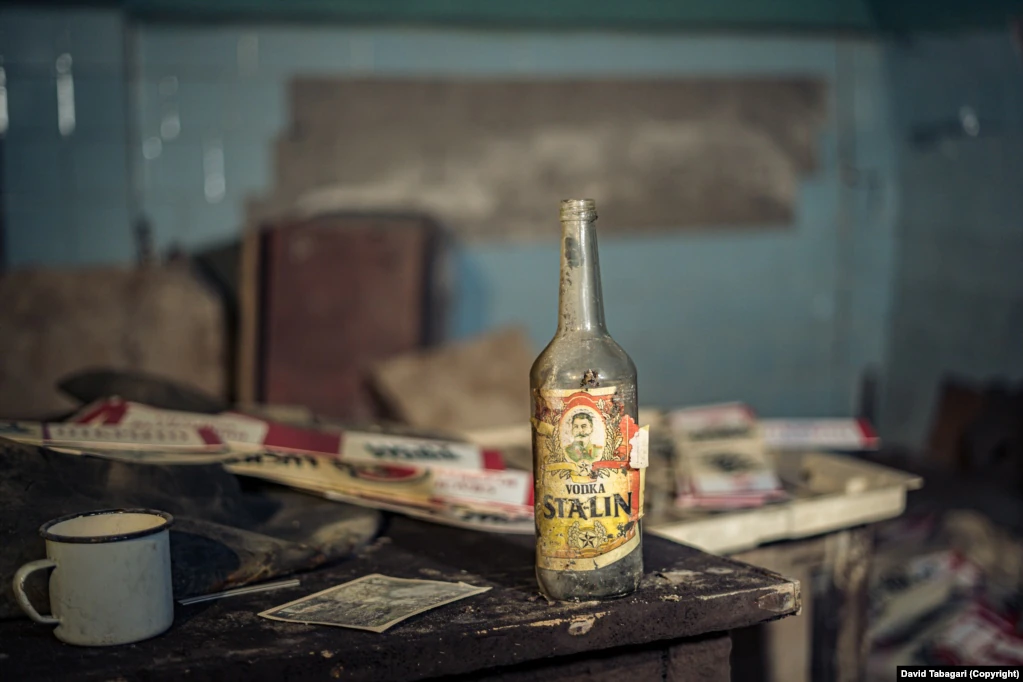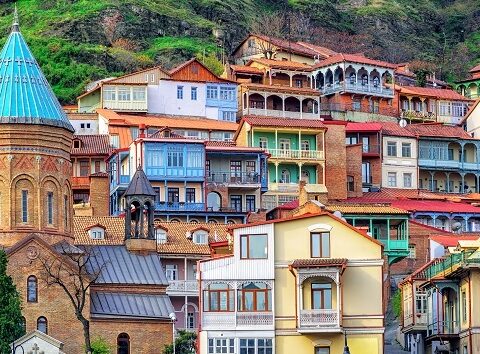The Georgian photographer uncovering the secret spaces abandoned under the streets of Tbilisi.
Beneath the streets of Tbilisi lies a network of tunnels, bomb shelters and Soviet-era chambers that many locals know nothing about. Over the past several months, photographer David Tabagari has been exploring this silent underworld with extraordinary results.
Beginning in the spring of 2021, the professional photographer began venturing into the entranceways most pedestrians pass by without noticing. Many of those unremarkable entrances lead to an underworld with a mysterious and sinister past.

Tabagari says his day job, working for Tbilisi’s City Hall, has been some help in sourcing information about where the various Soviet-era facilities exist under Tbilisi.
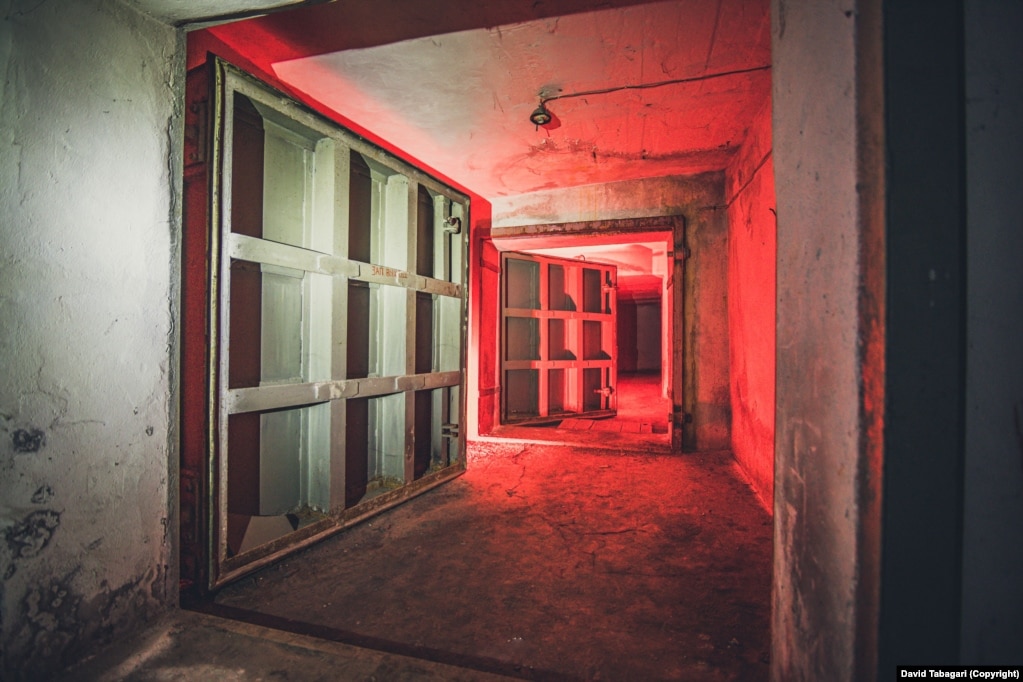
But Tabagari says most of his explorations come after spotting telltale ventilation grills at street level, and getting information from various networks of “diggers.”
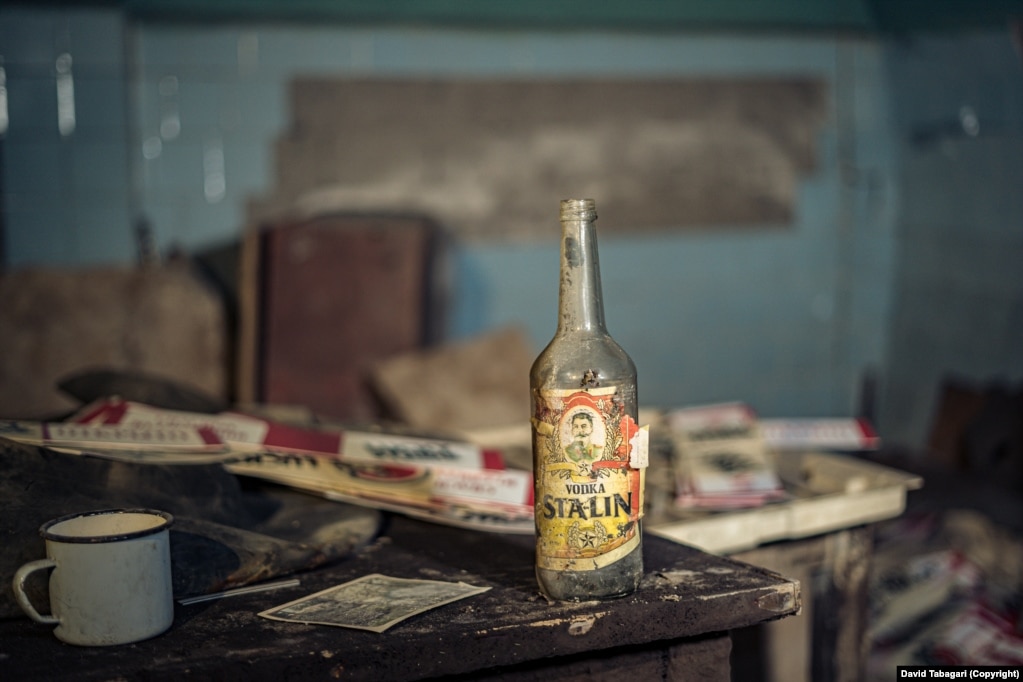
Tbilisi’s diggers are adventurous Georgians who frequent these secret underground spaces and sometimes share their discoveries in social-media groups.

Little information exists about the construction of Tbilisi’s underworld. According to local journalist and academic Emil Avdaliani, much of the underground network was built by Lavrenty Beria, the notorious chief of the Soviet secret police.

Along with fellow ethnic Georgian Josef Stalin, Beria oversaw the most savage repressions and massacres of the Soviet era.
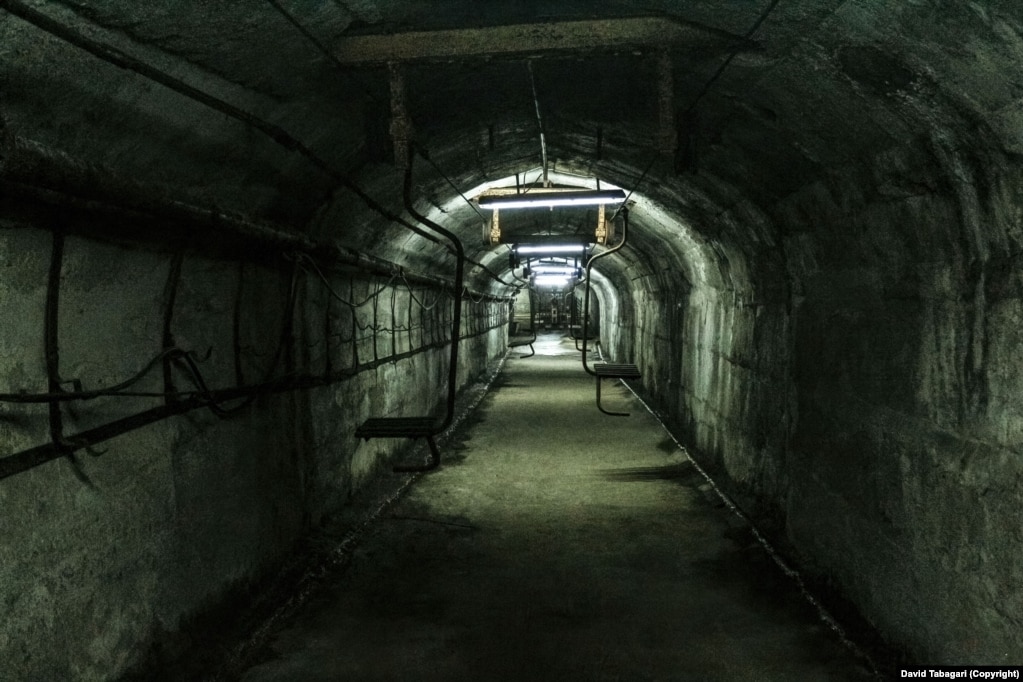
Passageways under Tbilisi that reportedly lead from a former secret police headquarters to the city’s train station have led to speculation some tunnels were used to transport prisoners or bodies during the murderous “purges” carried out under Stalin and Beria.
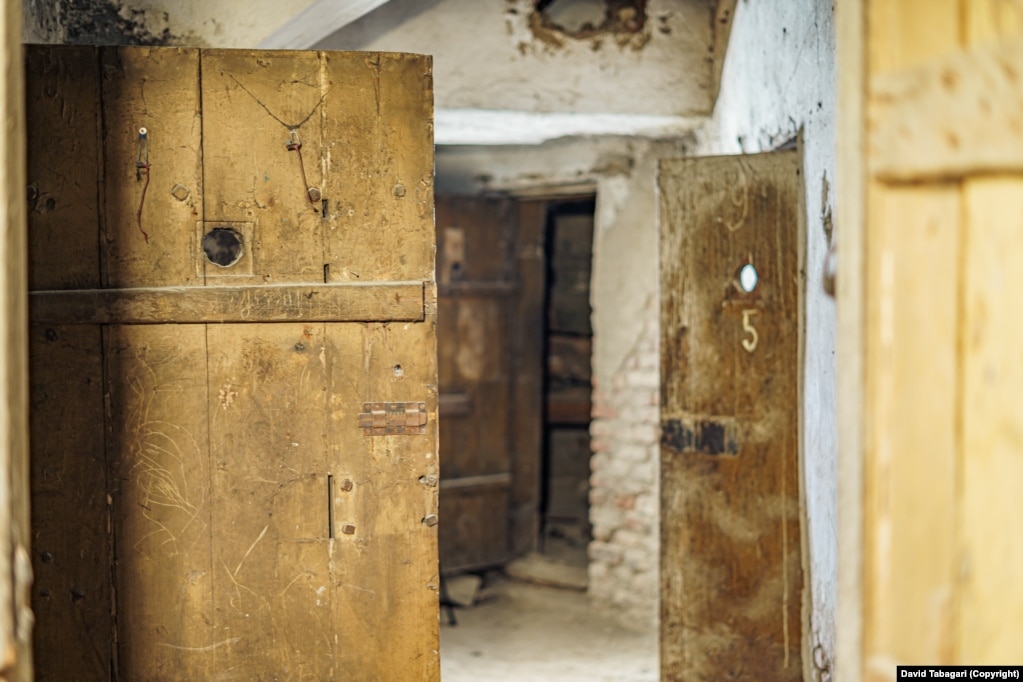
In the summer of 2021, Tabagari read a rumor on online forums about a subterranean prison under central Tbilisi. After searching online and on foot, he eventually found the remains of prisoner cells beneath a former secret police station.

The site is so little-known that when he asked young teenagers playing in a courtyard, none of them had heard of the disquieting space that lay just beneath their feet.
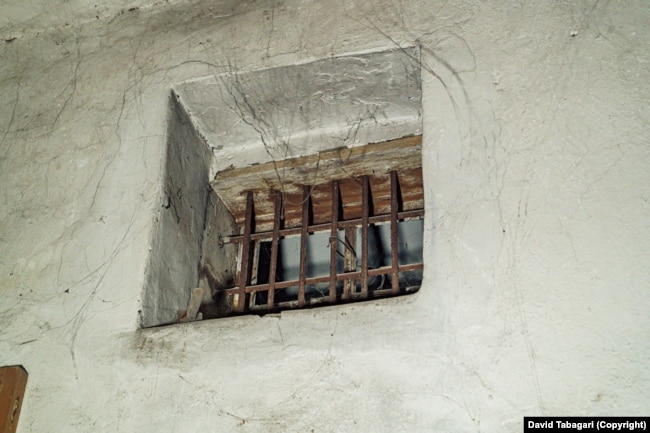
Tabagari recalls that “there was no light in this place. It was very hard for me to stand there, where people were hurt or killed.”

“Some people used metal to scrape their names in the cells” the photographer explained. “Who knows, but I was told by some local historians that it’s possible some of the names were of people who were shot. In these cells you can see the true face of the Soviet Union.”

Other spaces below ground were built in preparation for nuclear war.
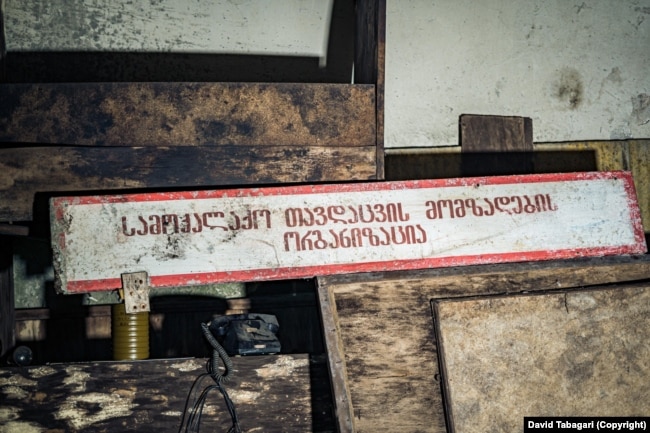
“Every big city in Georgia had underground shelters” Tabagari claims. “Even under the big factories and hospitals and government buildings, they had their own bomb shelters.”
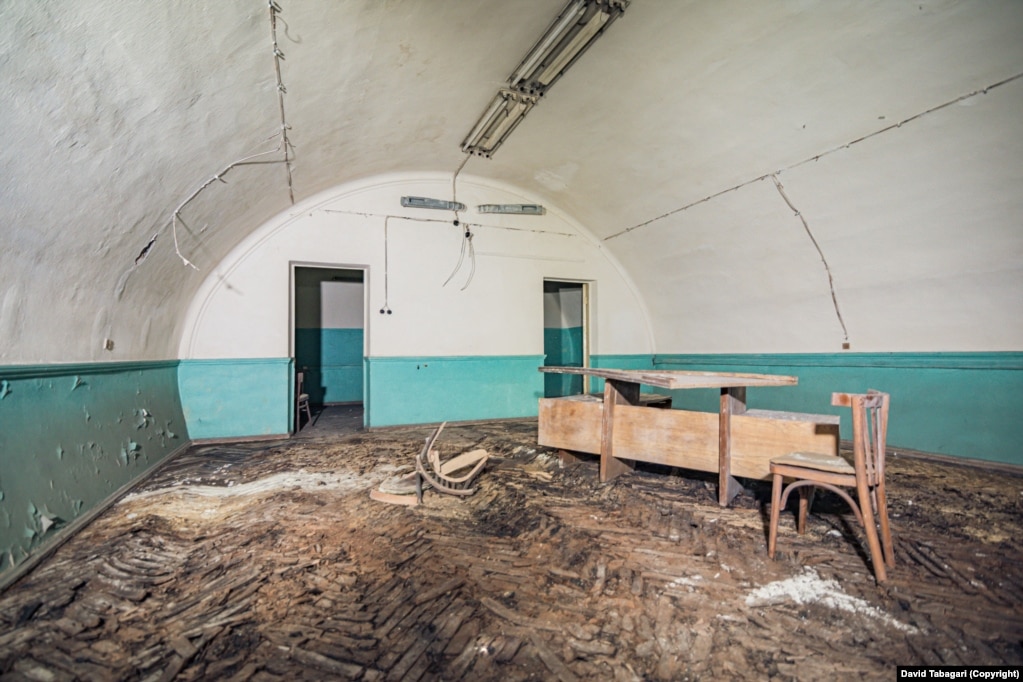
The photographer says being inside the underground bomb shelters created a powerful reminder of the tension of the Cold War, when the world came close to erupting in nuclear conflict. “You can feel how dangerous it was,” he says.
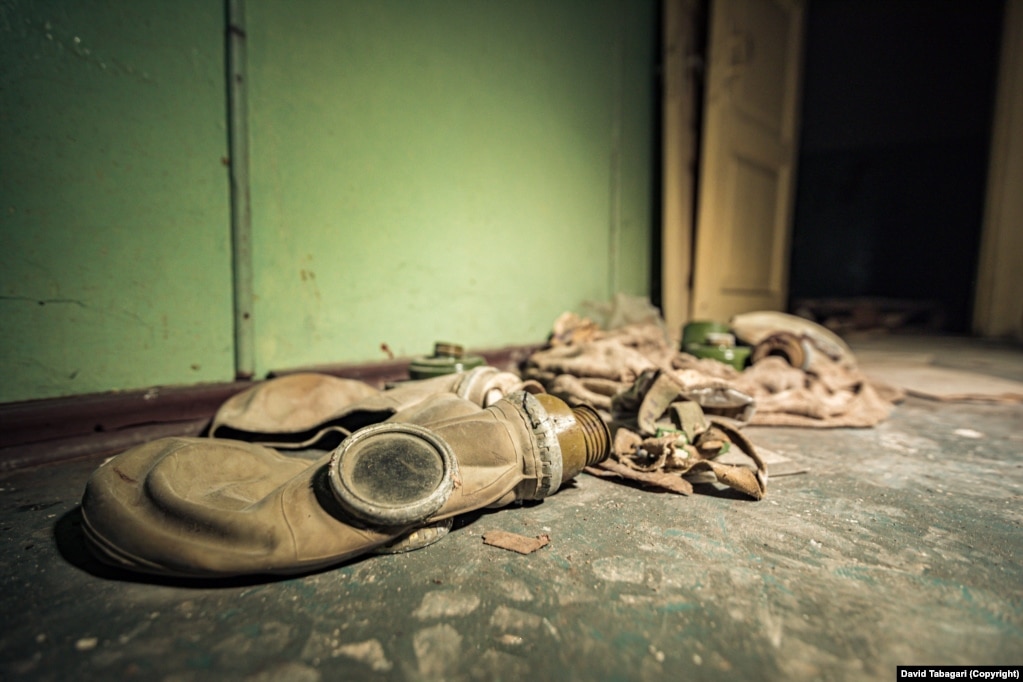
Tabagari spoke to some diggers who entered Tbilisi’s underworld soon after the collapse of the Soviet Union in 1991. They told him: “Everything inside was perfect. There was water, there was food, there were generators and air pumps. You could have stayed underground for a month.”
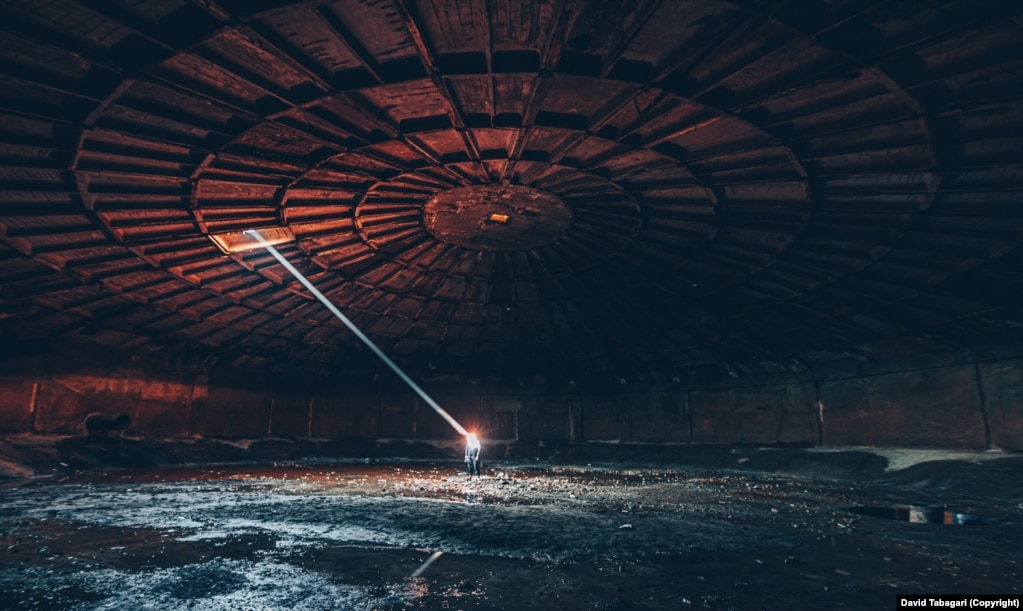
One of the bomb shelters Tabagari encountered beneath Tbilisi was made up of around 150 rooms. The photographer says the shelter was “like a mini city beneath a city” that could be sealed up with massive steel blast doors. “I’ve never seen anything like it,” he says.

Tabaguri says the Fight Club-like rule for Tbilisi’s underworld explorers is that they must not touch anything.
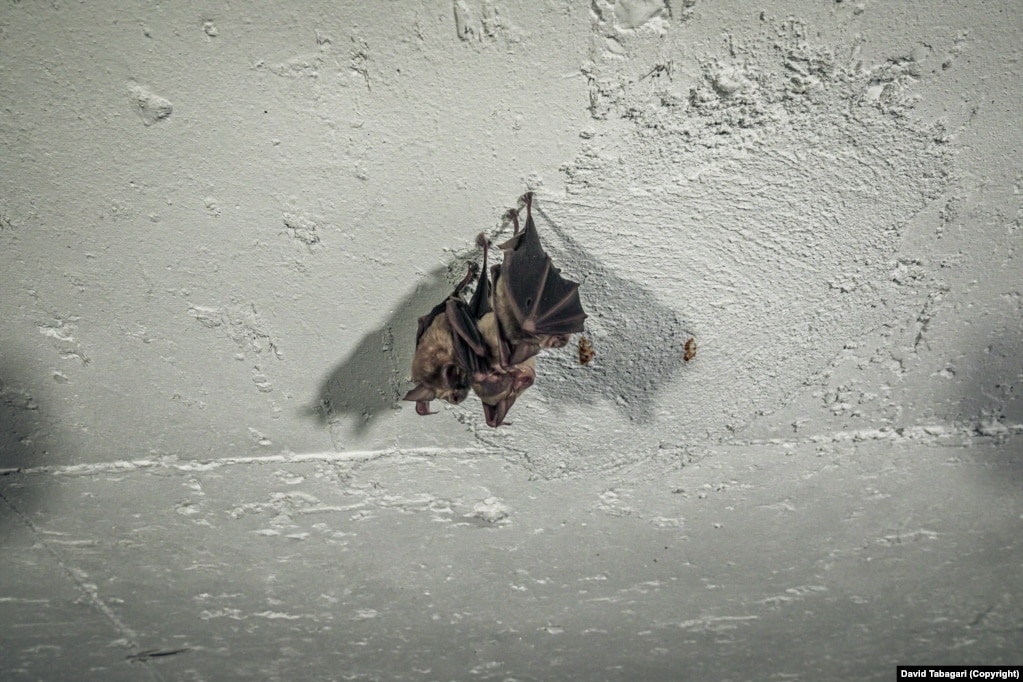
Despite drawing attention to the mysterious Tbilisi underworld, Tabagari says he hopes the exact locations will remain the preserve of only the tight-knit group of local explorers.
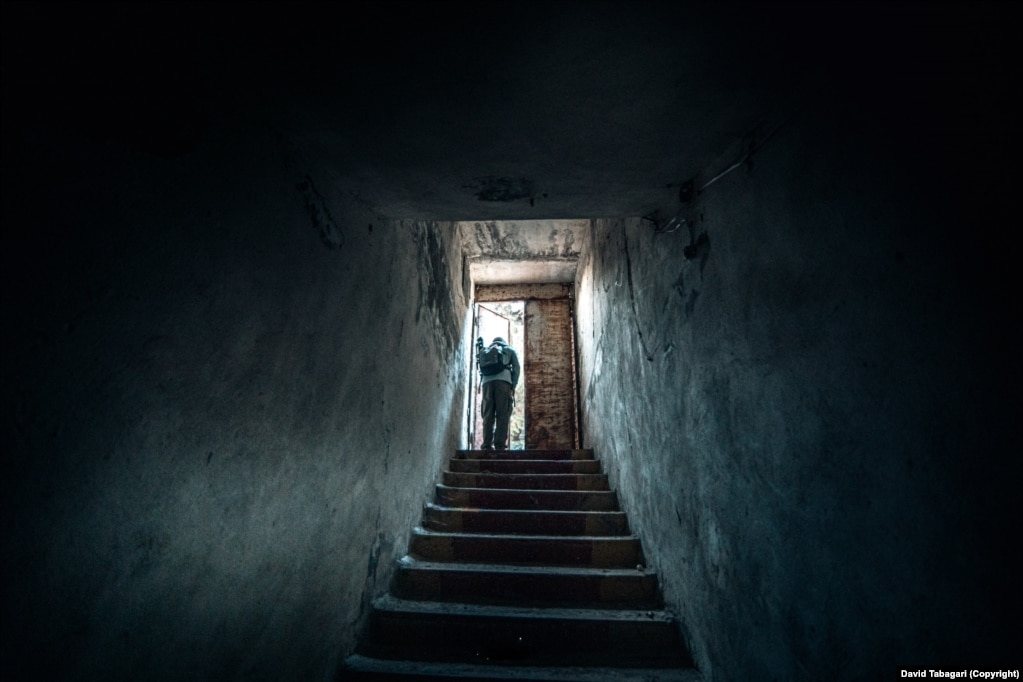
“If these places become well-known, they will be destroyed” Tabagari told RFE/RL. “I hope we can keep them our secret.”
Amos Chapple

